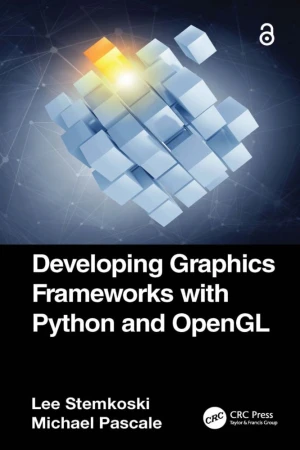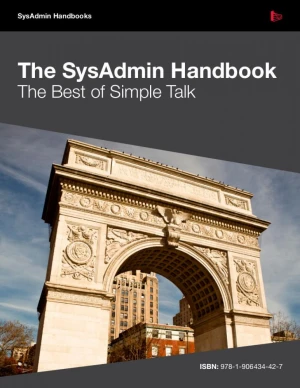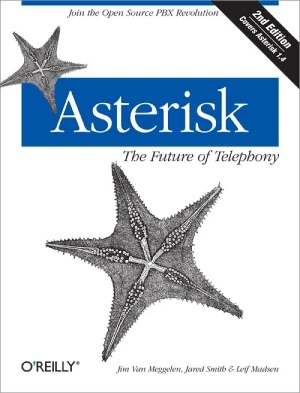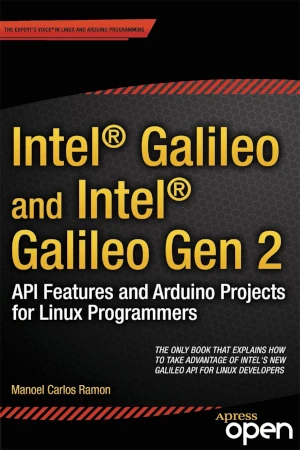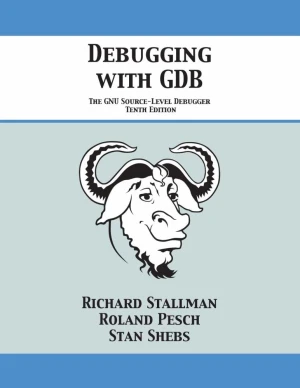Defense against the Black Arts
How Hackers Do What They Do and How to Protect against It


Book Details
| Authors | Jesse Varsalone, Matthew McFadden, Sean Morrissey, Michael Schearer, James |
| Publisher | CRC Press |
| Published | 2011 |
| Edition | 1st |
| Paperback | 413 pages |
| Language | English |
| ISBN-13 | 9781439821190, 9780429103766 |
| ISBN-10 | 1439821194, 042910376X |
| License | Open Access |
Book Description
As technology has developed, computer hackers have become increasingly sophisticated, mastering the ability to hack into even the most impenetrable systems. The best way to secure a system is to understand the tools hackers use and know how to circumvent them. Defense against the Black Arts: How Hackers Do What They Do and How to Protect against It provides hands-on instruction to a host of techniques used to hack into a variety of systems.
Exposing hacker methodology with concrete examples, this book shows you how to outwit computer predators at their own game. Among the many things you'll learn:
- How to get into a Windows operating system without having the username or password;
- Vulnerabilities associated with passwords and how to keep them out of the hands of hackers;
- How hackers use the techniques of computer forensic examiners to wreak havoc on individuals and companies;
- Hiding one's IP address to avoid detection;
- Manipulating data to and from a web page or application for nefarious reasons;
- How to find virtually anything on the internet;
- How hackers research the targets they plan to attack;
- How network defenders collect traffic across the wire to indentify intrusions;
- Using Metasploit to attack weaknesses in systems that are unpatched or have poorly implemented security measures.
The book profiles a variety of attack tools and examines how Facebook and other sites can be used to conduct social networking attacks. It also covers techniques utilized by hackers to attack modern operating systems, such as Windows 7, Windows Vista, and Mac OS X. The author explores a number of techniques that hackers can use to exploit physical access, network access, and wireless vectors. Using screenshots to clarify procedures, this practical manual uses step-by-step examples and relevant analogies to facilitate understanding, giving you an insider's view of the secrets of hackers.
This book is published as open-access, which means it is freely available to read, download, and share without restrictions.
If you enjoyed the book and would like to support the author, you can purchase a printed copy (hardcover or paperback) from official retailers.
Download and Read Links
Share this Book
[localhost]# find . -name "*Similar_Books*"
How To Code in React.js
This open book is an introduction to React that works from the foundations upward. Each chapter takes you a little deeper into the React ecosystem, building on your previous knowledge. Along the way, you'll learn how to maintain internal state, pass information between parts of an application, and explore different options for styling your applicat
Developing Graphics Frameworks with Python and OpenGL
Developing Graphics Frameworks with Python and OpenGL shows you how to create software for rendering complete three-dimensional scenes. The authors explain the foundational theoretical concepts as well as the practical programming techniques that will enable you to create your own animated and interactive computer-generated worlds. You will learn h
The SysAdmin Handbook
Over the past two years, Simple-Talk has published articles on a variety of SysAdmin topics, from Exchange to Virtualization, and including everything from Powershell to Unified Messaging. We have brought the best of these articles together to form The SysAdmin Handbook. With over fifty articles packed into this book, it will be an essential refere
Asterisk: The Future of Telephony, 2nd Edition
This bestselling book is now the standard guide to building phone systems with Asterisk, the open source IP PBX that has traditional telephony providers running scared! Revised for the 1.4 release of the software, the new edition of Asterisk: The Future of Telephony reveals how you can save money on equipment and support, and finally be in control
Intel Galileo and Intel Galileo Gen 2
Intel Galileo and Intel Galileo Gen 2: API Features and Arduino Projects for Linux Programmers provides detailed information about Intel Galileo and Intel Galileo Gen 2 boards for all software developers interested in Arduino and the Linux platform. The book covers the new Arduino APIs and is an introduction for developers on natively using Linux.
Debugging with GDB, 10th Edition
The GNU Debugger allows you to see what is going on "inside" a program while it executes - or what a program was doing at the moment it crashed. GDB supports C, C++, Java, Fortran and Assembly among other languages; it is also designed to work closely with the GNU Compiler Collection (GCC). The GNU Debugger Program has four special features that he


